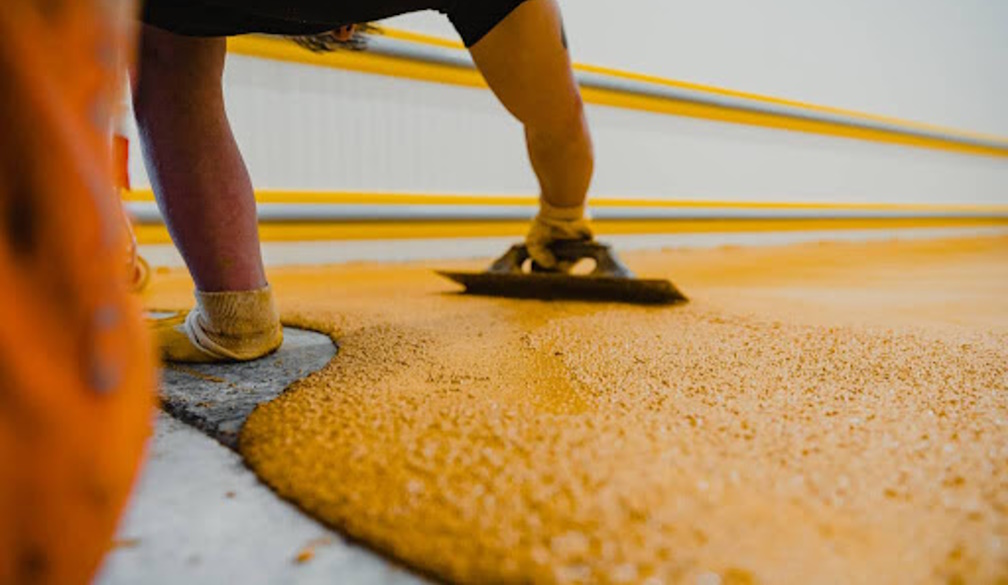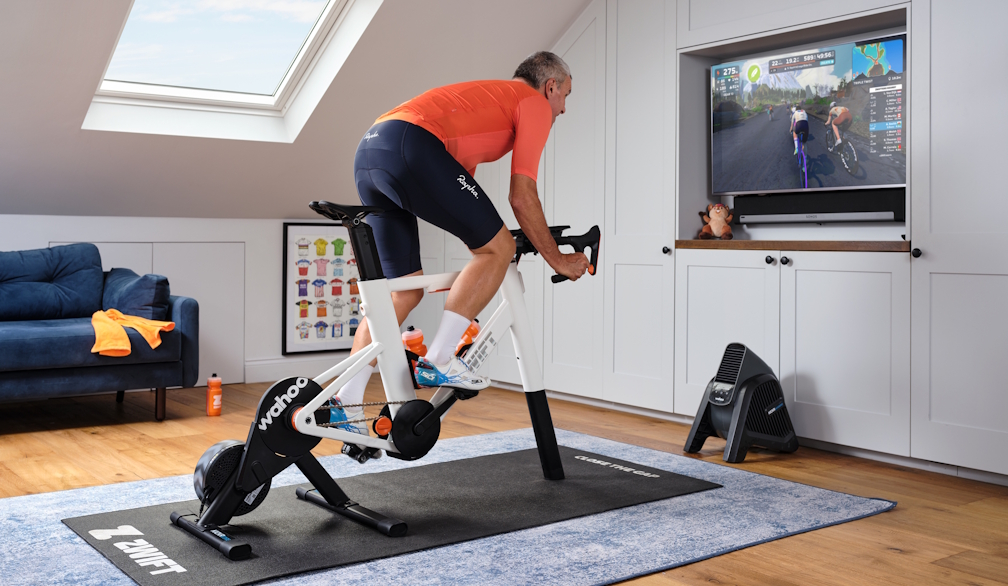Epoxy and Polished Concrete Services: Transforming Spaces with Durability and Aesthetics

When it comes to flooring solutions, few options rival the versatility, durability, and aesthetic appeal of epoxy and polished concrete. These surfaces have become increasingly popular in commercial and residential spaces because they transform dull, lifeless floors into stunning, high-performance surfaces. As industries continue to evolve, the demand for epoxy and polished concrete services has surged, and for good reason. These flooring systems offer a seamless blend of functionality and style, making them an ideal choice for various applications. Delve into the world of epoxy and polished concrete services, exploring what they are, their benefits, installation processes, and why they are becoming the go-to choice for flooring.
What is Epoxy Flooring?
Epoxy flooring is a surface coating consisting of epoxy resin and a hardener. These components form a rigid plastic material that bonds tightly to concrete surfaces when mixed. The result is a durable, smooth, visually appealing surface that withstands heavy foot traffic, abrasions, and chemical spills. Epoxy flooring is widely used in commercial, industrial, and residential settings due to its durability and the ability to customise with various colours, patterns, and finishes.
One of the most significant advantages of epoxy flooring is its ability to protect the underlying concrete, making residential epoxy flooring an ideal option for homes that require both resilience and a polished look. Although strong, concrete is porous and can be prone to damage from spills, stains, and heavy loads. Epoxy acts as a sealant, providing a protective layer that enhances the floor’s resistance to moisture, chemicals, and physical wear. This makes it an excellent choice for environments like warehouses, garages, hospitals, and kitchens, where flooring is subject to rigorous conditions.
The Aesthetic Appeal of Epoxy
Beyond its functional benefits, epoxy flooring also offers impressive aesthetic flexibility. The finish can be customised to suit a space's needs, from sleek and glossy surfaces reflecting light to matte textures that provide a more understated look. Epoxy floors can mimic materials like marble or granite, offering a high-end appearance without the associated cost. Epoxy can be embedded with decorative flakes, quartz, or metallic pigments to create unique, eye-catching designs.
This ability to tailor the appearance of epoxy floors has also made them increasingly popular in residential settings. Homeowners opt for epoxy in areas like basements, garages, and even living spaces due to its durability and the wide range of styles. The seamless nature of epoxy flooring also contributes to a clean and modern aesthetic, making spaces look larger and more open.
Polished Concrete: A Modern Flooring Solution
Polished concrete is another versatile and durable flooring solution that recently gained popularity. It involves mechanically grinding the concrete surface with progressively finer grits of diamond abrasives, polishing it to a desired level of shine. The result is a smooth, glossy surface that enhances the natural beauty of the concrete. Like epoxy, polished concrete is widely used in commercial, industrial, and residential applications due to its durability, low maintenance, and aesthetic appeal.
One of the defining features of polished concrete is its ability to enhance the natural characteristics of the concrete itself. The polishing process brings out the unique patterns, colours, and textures inherent in the concrete, creating a distinctive and visually appealing surface. This makes polished concrete a popular choice for spaces like retail stores, restaurants, and office buildings, where aesthetics play a key role in the overall ambience.
Durability and Low Maintenance
Both epoxy and polished concrete are known for their exceptional durability and low maintenance requirements, making them ideal for high-traffic areas. Polished concrete, in particular, is highly resistant to abrasion and impact thanks to the densification process that hardens the surface. This increases its strength and reduces the likelihood of chips or cracks forming. Polished concrete is also resistant to moisture and stains, as the densifier used during the polishing process reduces the concrete's porosity.
Epoxy floors share similar benefits in terms of durability. The hard, plastic-like coating created by the epoxy resin provides a protective barrier against physical damage, chemical spills, and moisture infiltration. This makes epoxy an excellent choice for environments that experience heavy machinery traffic or exposure to harsh chemicals, such as industrial warehouses, laboratories, and manufacturing plants. Unlike traditional flooring options like tiles or carpet, epoxy and polished concrete require minimal upkeep. Regular sweeping and occasional mopping are sufficient to keep these floors looking their best.
Installation Process
The installation process for epoxy and polished concrete flooring is crucial to its performance and longevity. Each requires specialised techniques and equipment to achieve the desired results. Let’s explore the steps involved in both processes.
The installation of epoxy flooring begins with surface preparation. The existing concrete must be cleaned thoroughly to remove any dirt, oil, or contaminants that could interfere with the bonding process. Any cracks or imperfections in the concrete are repaired, as these could affect the smoothness of the final finish. Once the surface is prepared, a primer is applied to promote adhesion between the epoxy and the concrete. The epoxy resin and hardener are mixed and spread evenly over the surface using rollers or squeegees. Depending on the desired finish, multiple layers may be applied, and decorative elements like flakes or pigments can be added before the final topcoat seals the surface.
Polished concrete, on the other hand, involves a multi-step grinding and polishing process. The initial grinding is done with coarse diamond abrasives to remove surface imperfections and level the floor. As the process progresses, finer grits are used to smooth the surface and achieve the desired level of shine. A densifier is applied during polishing to harden the concrete and increase its resistance to stains and wear. The final step involves buffing the floor to enhance its gloss and bring out the natural patterns and colours of the concrete.
Both processes require skilled technicians to ensure proper installation and flawless finish. The installer's expertise can significantly impact the quality and durability of the floor, making it essential to choose a reputable service provider.
Applications and Versatility
One of the reasons epoxy and polished concrete have become so popular is their versatility. These flooring solutions can be adapted to suit various environments, from industrial facilities to luxury homes. Epoxy floors are often preferred in industrial settings due to their resistance to chemicals, heavy loads, and foot traffic. They are commonly used in factories, warehouses, garages, and workshops, where durability and easy maintenance are essential. The seamless surface of epoxy flooring also helps maintain a clean and hygienic environment, which is particularly important in healthcare and food processing facilities.
In commercial spaces like retail stores, restaurants, and showrooms, epoxy and polished concrete can provide a sleek, modern look that enhances the overall aesthetic. Polished concrete, with its glossy finish, is often chosen for its ability to reflect light, creating a bright and welcoming atmosphere. It is also highly resistant to scuffs and scratches, making it ideal for high-traffic areas. The customisable nature of epoxy allows businesses to incorporate branding elements, such as logos and colours, into the flooring design, adding a unique touch to the space.
Residential applications of epoxy and polished concrete have also grown in popularity. Homeowners opt for these flooring solutions in basements, kitchens, and outdoor patios due to their durability, low maintenance, and contemporary look. Epoxy floors are trendy in garages, where they can withstand the weight of vehicles and resist oil stains. On the other hand, polished concrete is often chosen for its ability to complement modern interior design styles, with its sleek and glossy finish adding a touch of sophistication to living spaces.
Conclusion
Epoxy and polished concrete services have revolutionised the flooring industry by offering durable, low-maintenance, and aesthetically versatile solutions for various environments. Whether in industrial settings, commercial spaces, or residential homes, these flooring options uniquely combine strength and beauty. The customisation options with m co, from patterns to decorative flakes, allow for endless design possibilities. At the same time, the natural, glossy finish of polished concrete enhances the elegance of any space. Their durability, ease of maintenance, and environmental benefits make them an attractive choice for anyone looking to upgrade their flooring. As more people recognise the value of these innovative flooring solutions, the demand for professional epoxy and polished concrete services is set to grow, making them a staple in modern construction and renovation projects.












